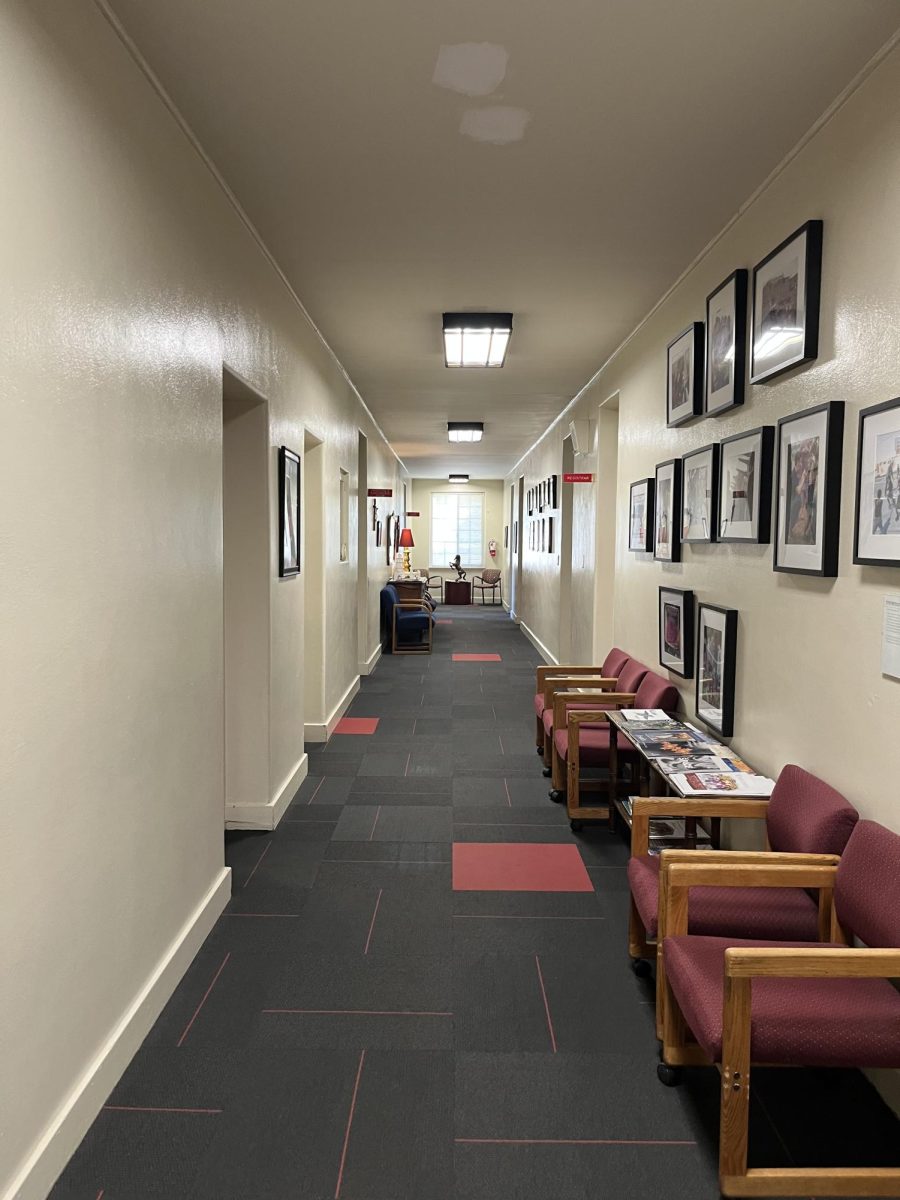By Garrison Murphy ’15
THE ROUNDUP
There are 347 minors currently in the Arizona Juvenile Correctional System, a sharp decline from 559 in 2011, according to a demographic annual report obtained by The Roundup.
Of those 347, 47.8 percent are Hispanic and 49 percent are from Maricopa County.
The shift in the number of kids entering the system is part of a statewide trend that has become apparent in recent years, according to Assistant Director of Intergovernmental Relations & Communications at the Arizona Department of Child Safety Ms. Jennifer Bowser-Richards.
“There were far too many children frankly in our correction system … the pendulum has fortunately swung in a much better direction,” Ms. Bowser-Richards said. “There’s been a huge improvement and the numbers have definitely reflected … our work over the past couple years. We focus a lot more on education for our children and treatment for our children.”
Although Ms. Bowser-Richards said the pendulum is swinging back, the proportion of Hispanic minors remains stagnant.
According to Marc Mauer and David Cole of The Washington Post, the reason why the racial proportion in correctional facilities is unequal is because while minorities do commit certain crimes more frequently, police target them more often.
Behind Hispanics, Caucasians makeup 25.6 percent of the system, biracial individuals 7.5 percent, American Indians 7.2 percent, African Americans 6.6 percent, Mexican nationals 4.6 percent, Asians and other races both make 0.3 percent.
Some students said they think the downslope of arrests is good, but the proportion of races in the system is a negative sign.
“It’s really the way they were brought up that makes them end up there,” said Andrew Contreras ’15. “Most Mexicans and blacks were segregated to South Phoenix and over there the opportunity wasn’t that great and it was harder for them to attain and achieve most things which leads to them going to jail for crime or gang related crimes. Definitely I think it’s a product of an injustice in our society, it’s unjust because of some of the laws placed today like SB1070 where they target minorities.”
Others said the proportion isn’t proof of an injustice, rather it is just the way it is.
“It’s not good that anybody is in Juvie, but if it so happens that there are more Hispanic children than white children, it has to do with police maybe targeting minorities more,” said Gus Laurin ’15.











